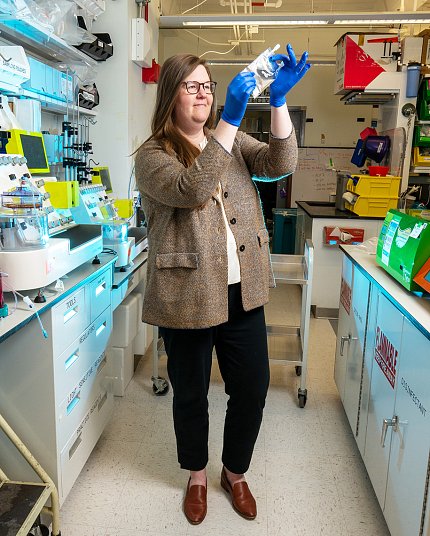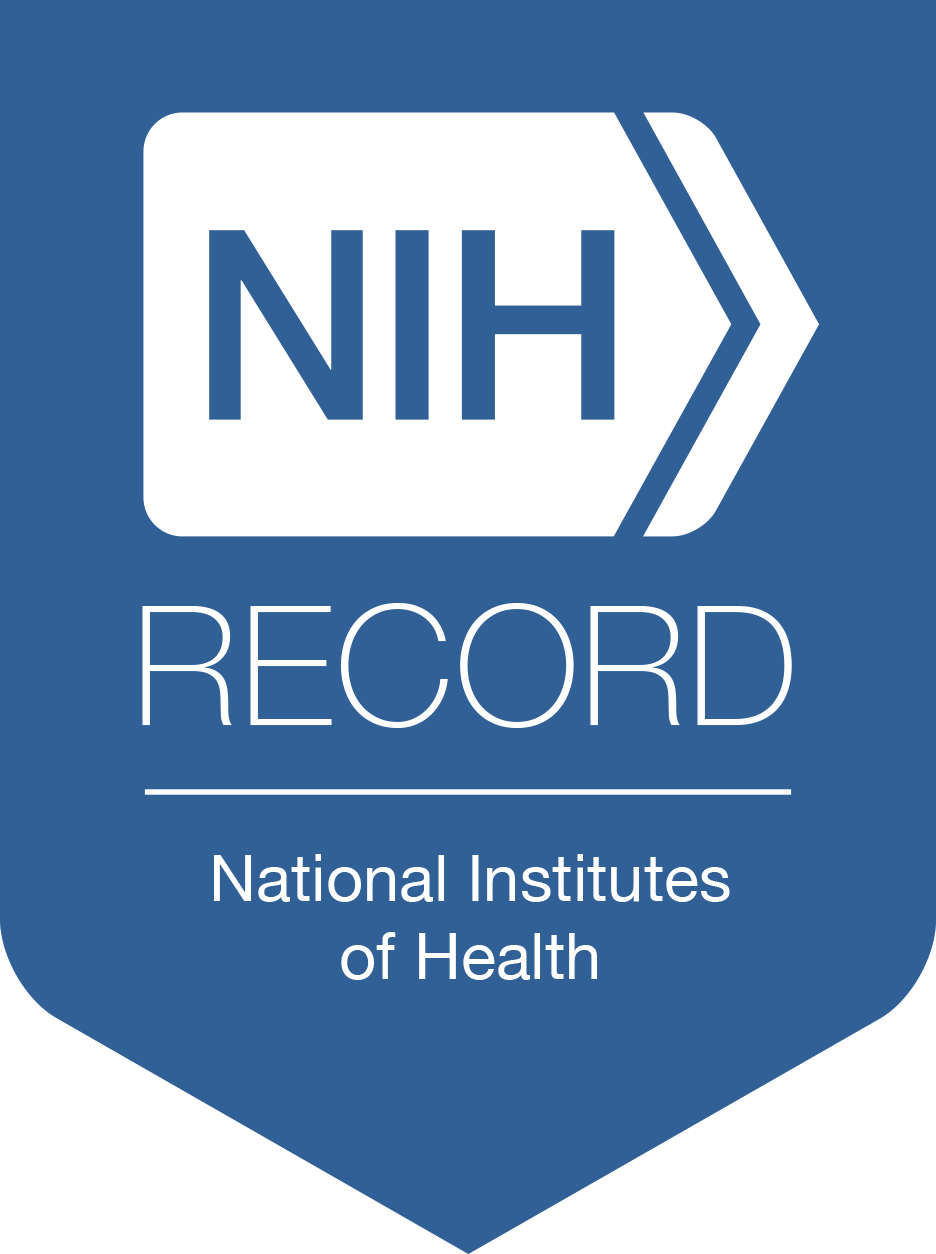CC Biologist Makes Novel Cell Therapies

Photo: Sean Markey
Dr. Hannah Song and her colleagues at the NIH Clinical Center’s Center for Cellular Engineering make novel cell therapies for new medical treatments.
“If an investigator has a new therapy and it involves editing genes or engineering cells outside the body, they can partner with us,” said Song.
Her task is to design the process of making that new therapy. One example is CAR T cell immunotherapy, which leverages a patient’s immune system to fight cancer.
“We take a patient’s T cells from a blood sample in the lab,” she explained. “We isolate those cells and put in a gene to better target the cancer. Then we reinfuse those cells into the patient, sending the T cells to destroy the cancer cells.”
Figuring out the actual process to engineer those T cells isn’t easy. How do they insert the gene? How is the gene activated? What’s the best process to handle those cells? A cell therapy is alive. Every step of the process matters. You can’t isolate them into powder form like a traditional drug and put them into a pill.
In her own research, Song studies how certain tools may affect cells in unexpected ways. Recently, her team found the oxygen level that T cells are exposed to in the lab seems to play a role in how effective they will be inside the body.
“I love working with cells,” she said. “Their ability to sense and respond to their microenvironment and to perform very fine-tuned functions is just incredible. When I learned about cell therapy in my postdoc, that’s when I first understood that this is the field I wanted to be in.”
Song, who has a Ph.D. in chemical and biological engineering, added, “What’s amazing about NIH is the number of researchers who are working on groundbreaking therapies. It’s incredible, these world experts who are translating first-in-human studies. My colleagues and I get to help make that a reality.
“I love coming to work every day and collaborating with all the amazing scientists here. They are full of new ideas and never give up on finding a cure. The science is now there to be able to edit cells and provide curative therapies. Instead of treating the symptoms, we can actually cure the disease.”
